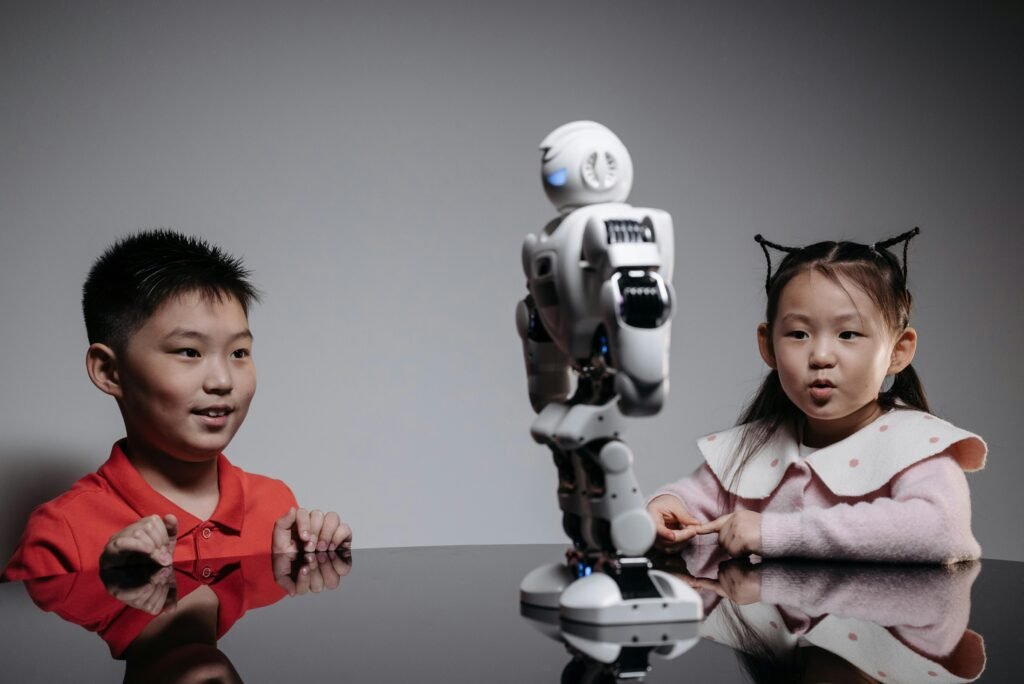🚀 Introduction: Supervised vs Unsupervised Learning
When learning about artificial intelligence and machine learning, one of the first distinctions you’ll encounter is supervised vs unsupervised learning.
But what do these terms actually mean? And how are they different in real-world applications?
At AiBlogQuest.com, we break it down into 7 key differences every beginner should know—explained in plain English with real examples.
🔍 Supervised vs Unsupervised Learning: 7 Key Differences
1️⃣ Definition
-
Supervised Learning: Uses labeled data—each input has a known output (e.g., email → spam/not spam).
-
Unsupervised Learning: Uses unlabeled data. The model finds hidden patterns or groupings without predefined labels.
2️⃣ Goal
-
Supervised: Predict outcomes based on past data.
-
Unsupervised: Discover structure or relationships in data.
3️⃣ Examples of Use
-
Supervised:
-
Email spam filters
-
Credit score prediction
-
Image classification
-
-
Unsupervised:
-
Customer segmentation
-
Market basket analysis
-
Anomaly detection in networks
-
4️⃣ Data Requirements
-
Supervised: Requires large sets of labeled data.
-
Unsupervised: Works with raw, unlabeled data—less preprocessing needed.
5️⃣ Complexity
-
Supervised: Easier to evaluate because of known outputs.
-
Unsupervised: Harder to validate since there’s no predefined answer.
6️⃣ Algorithms Used
-
Supervised:
-
Linear Regression
-
Decision Trees
-
Support Vector Machines
-
-
Unsupervised:
-
K-Means Clustering
-
Principal Component Analysis (PCA)
-
DBSCAN
-
7️⃣ Outcome Interpretation
-
Supervised: Offers predictions with clear accuracy metrics.
-
Unsupervised: Results need human interpretation and context understanding.
🔗 Useful Links from AiBlogQuest.com
❓ FAQ: Supervised vs Unsupervised Learning
Q1. Which is better: supervised or unsupervised learning?
It depends on your data and goal. If you have labeled data and a clear prediction task, go with supervised. If you’re exploring unknown patterns, choose unsupervised.
Q2. Can AI use both methods in one system?
Yes. This is called semi-supervised learning, where a model uses a mix of labeled and unlabeled data.
Q3. Is supervised learning more accurate?
Typically yes, since it’s trained on known outputs. But it requires more data preparation and labeling.
Q4. Can I try these methods without coding?
Absolutely! Tools like Google Teachable Machine, KNIME, and Runway ML offer low-code/no-code solutions.
Q5. Are these used in real-world AI systems?
Yes—everything from YouTube recommendations to fraud detection systems uses these learning methods.
🏁 Final Thoughts
Understanding supervised vs unsupervised learning is a foundational step in your machine learning journey. From product recommendations to voice assistants, these models are behind the smart systems we interact with every day.
📘 Keep learning the language of AI at AiBlogQuest.com—your go-to source for AI education, tools, and beginner-friendly guides.
🏷️ Tags:
supervised vs unsupervised learning, machine learning differences, ai explained, types of machine learning, aiblogquest, ml basics 2025



